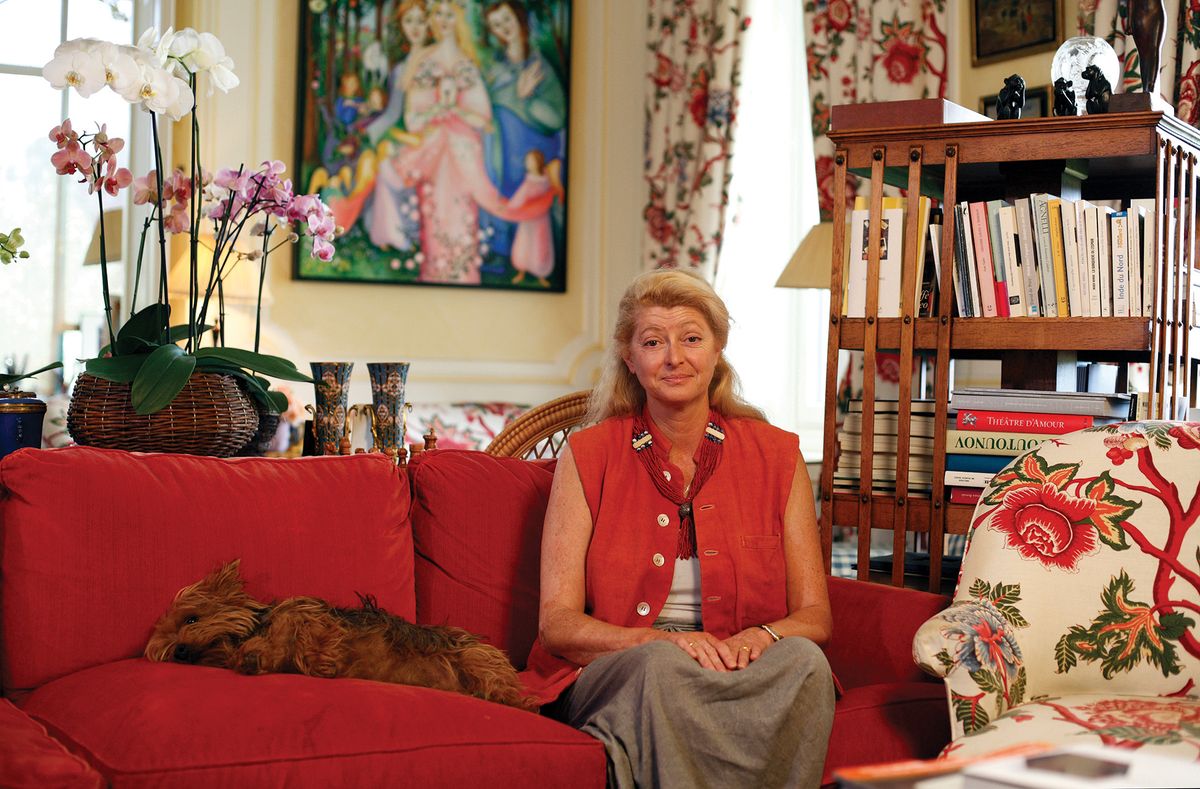A televised investigative report has found that highly valuable works from the Agnelli dynasty’s multimillion-dollar art collection were relocated or sold abroad in possible breach of Italian law.
The revelations have sparked a debate about how far Italy’s government should go in regulating the art trade, with critics accusing the culture ministry of failing to enforce its own export rules and one high-ranking ministry official arguing that over-regulation is the stuff of a “Stalinist state”.
The collection was formed by the late Giovanni Agnelli, the powerful entrepreneur whose business empire included Fiat and Juventus football club. It includes Picasso’s Arlecchino (1917), Jean-Léon Gérôme’s Pho Xai (1861) and Giacomo Balla’s La Scala degli Addii (1908), as well as paintings by Paul Klee, Gustav Klimt, Giorgio de Chirico, Francis Bacon and Marc Rothko.
Twenty-five Agnelli works are displayed in the permanent collection of the Pinacoteca Agnelli, a small gallery on top of Fiat’s former Turin factory. Other works left to Agnelli’s descendants have been subject to a bitter legal battle, with Margherita Agnelli de Pahlen, Giovanni’s daughter, accusing her own children—John, Lapo and Ginevra—of surreptitiously removing paintings from her inheritance, and the children claiming they legally inherited the disputed works via Marella Caracciolo, Giovanni Agnelli’s wife.
Hundreds of works moved
In an episode of the Report series, aired on Italy’s Rai national television channel on 15 October, investigators compiled a previously unseen list of works from dozens of separate inventories and photos. The list, which is said to be comprehensive, includes 636 works believed to be worth more than $1bn. According to investigators, many have been moved from Italy to locations including New York, Paris and St Moritz.
Italy’s Code of Cultural Heritage states that especially important works should be placed on culture ministry monitoring lists. Moreover, valuable works created over 70 years ago by an artist who is no longer living cannot be exported without the ministry’s authorisation. Anyone who exports a work without a licence faces up to eight years in prison. Works often lose up to 50% of their value when placed on ministry lists because they are harder to export, Francesco Salamone, a cultural heritage lawyer at Rome’s Sapienza University, told the Rai programme.
Investigators could verify the inclusion of only four Agnelli works—bas reliefs by Canova that are being stored under a staircase at Agnelli de Pahlen’s Villa Frescot mansion in Turin—have been placed on culture ministry lists. They found that other Agnelli works shown at Rome’s Scuderie del Quirinale in 2015, including Balthus’s Nude Profile (1973-77) and La Chambre (1952-54), were not included on the lists. When Giovanni Agnelli agreed to lend De Chirico’s Mistero e malinconia di una strada (1914) for an exhibition in Rome in 2000, he told the curators he did not want the painting to be placed on ministry lists, Lorenzo Canova, a De Chirico expert, told investigators.
While export licences have been issued for some Agnelli works, such as Bacon’s Study for Portrait X (valued at €18m), others were moved abroad without authorisation, the investigators claimed.
Claude Monet’s Glaçon, effet blanche (1894), which was previously kept at Villa Frescot, was sold at Sotheby’s in New York for $16m in 2013, yet investigators found no trace of an export licence. Sotheby’s said in a statement that “all the procedures had been correctly followed” in the sale.
Tomaso Montanari, an art historian and rector of Siena’s Università per Stranieri, argued that the government should ringfence the entire Agnelli collection because it is “a highly important part of the history of Italian collections”. He added that the ministry’s export offices were ineffective because they had been “devastated by a scarcity of personnel”.
However, Vittorio Sgarbi, a culture ministry undersecretary, said in May that art owners can do “what they want” with their paintings, “even destroy them”. On 17 October, two days after the Report investigation aired, Sgarbi attacked claims the government should monitor works by foreign artists, saying: “We are in a Stalinist state”. On the same day, however, he reportedly issued a letter asking heritage surveyors from the ministry to verify the whereabouts of four Agnelli works, by Canova, De Chirico, Balla and Balthus.


